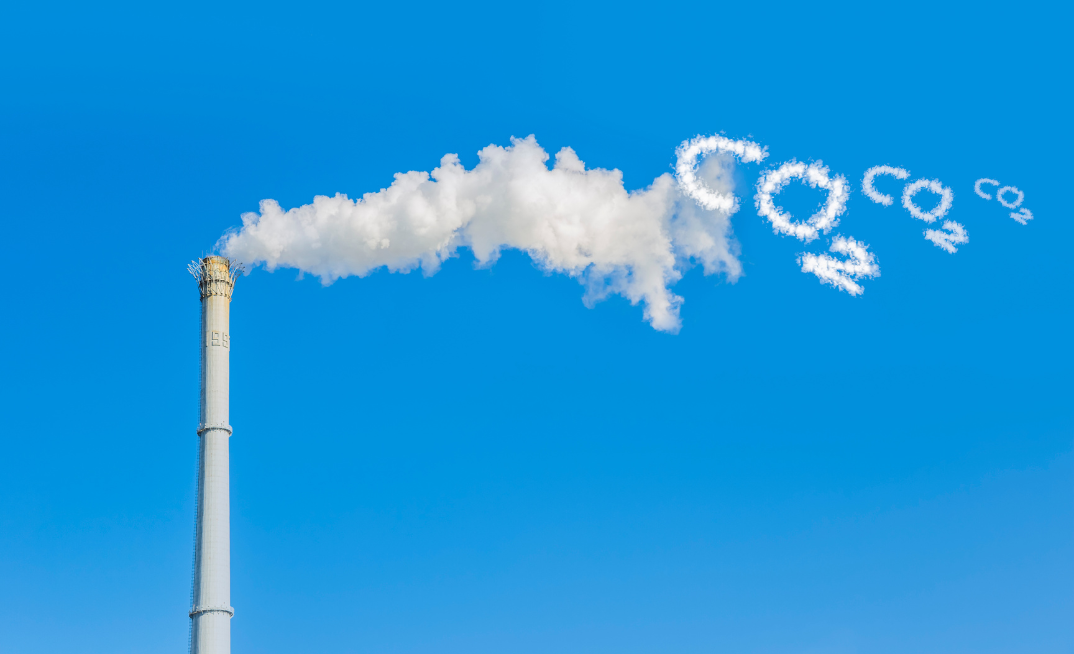Carbon Capture and Storage (CCS) or carbon capture, utilisation and storage (CCUS) is a plank of the Australian government's energy transition plans.
Indeed the scientific consensus is that it will be almost impossible to reach net-zero emissions by 2050 without a significant global scale up of CCS.
Globally, around 41 to 45 commercial-scale CCS projects capture around 50 million tonnes (Mt) of CO2 per year. Of these, some 10-12 have dedicated geological storage for carbon abatement, while the remainder are utilisation projects that largely store CO2 through enhanced oil recovery operations.
According to the Global CCS Institute, there are 26 CCS facilities under construction and a further 325 in development, noting that these numbers fluctuate regularly.
YOU MIGHT ALSO LIKE
In the IEA's updated net zero emissions scenario, this needs to increase to 1.2 Gt of CO2 per year by 2030 and 6.2 Gt CO2 per year by 2050 (IEA, 2022a).
To keep track of this important and growing sector, ENB has plotted all the existing CCS projects and will continue to update this map.
What is CCS?
CCS is a decarbonisation tool that can be applied to prevent the release of CO2 from stationary greenhouse gas emission sources and to remove CO2 emissions directly from the atmosphere. The CCS value chain includes capturing, transporting, compressing, and injecting CO2 into deep underground geological formations where it is permanently trapped.
The IEA scenarios conclude that even with full electrification, CCS will be required to abate emissions from industrial sectors, which cannot be fully electrified at this point in time, and/or have no alternative feedstock to natural gas or coal, or for those sectors where CO2 is a by-product of the manufacturing process (e.g. cement production).
CCS is one of the few solutions available for reducing emissions from heavy industries such as iron and aluminium, steel, cement, fertiliser and chemical manufacturing, as well as from natural gas processing and blue (fossil fuel plus CCS) hydrogen production.
CCS also underpins direct removal and permanent geological sequestration of CO2 from the atmosphere through direct air capture and storage (or DACS), which is expected to play an increasingly important role in meeting the global carbon budget well into the future.























